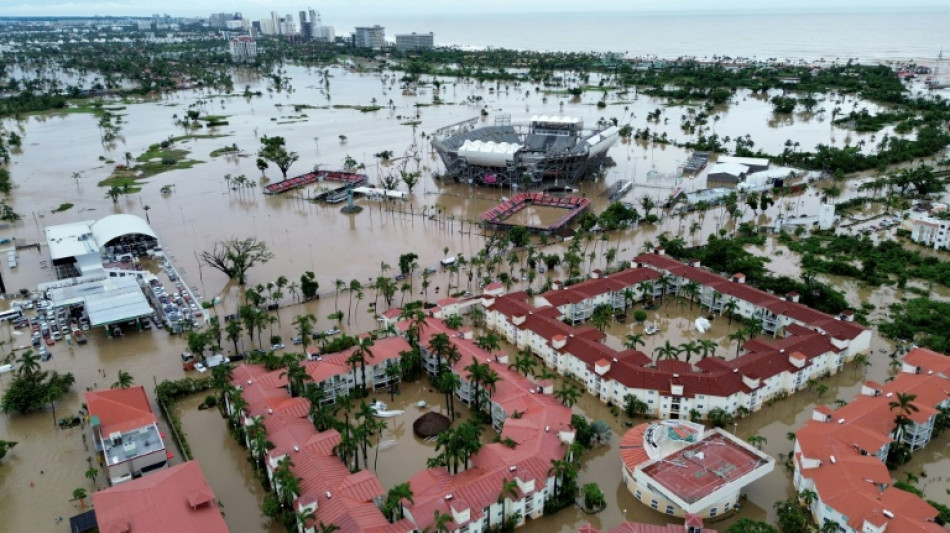
Hurricane John death toll at least 16, Mexican authorities

The death toll from Hurricane John, which made landfall twice on Mexico's Pacific coast, rose to 16 by Sunday, authorities said.
Outgoing President Andres Manuel Lopez Obrador, in a message on X, updated the toll in Guerrerro state to 15, while a civil protection official in the neighboring state of Oaxaca told AFP another life was lost there.
Some media reported the toll was at least 20.
John made landfall on Tuesday as a Category 3 hurricane before churning along the coast for several days and striking land again as a tropical storm.
The storm left the beachside city of Acapulco underwater, causing panic in a town where memories are still fresh of Hurricane Otis -- a scale-topping Category 5 storm that left a trail of destruction and several dozen people dead in October last year.
Some 18,000 military and rescue personnel were deployed to deal with John, and more than 5,000 people were evacuated from high-risk areas, according to authorities.
About 3,800 were taken to shelters.
The water level had started dropping by Sunday, and a cleanup was underway.
Many people were wandering the muddy streets of Acapulco over the weekend, searching for food and fuel or waiting for emergency aid.
President-elect Claudia Sheinbaum, due to take over from Lopez Obrador, said on X she will visit Guerrerro state with her ministers the day after her swearing-in Tuesday to assess the situation and ensure "all the necessary assistance."
Hurricanes hit Mexico every year on both its Pacific and Atlantic coasts, usually between May and November.
In July, Hurricane Beryl forced the evacuation of hundreds of tourists and caused at least 18 deaths in the Caribbean, Venezuela and the United States.
Meanwhile rescuers battled on Sunday to reach people in need of aid in the southeastern United States following devastating Hurricane Helene, with flooded roads and power outages impeding progress.
Scientists say climate change likely plays a role in the rapid intensification of hurricanes, because there is more energy in warmer oceans for them to feed on.
A.Tucciarone--PV
